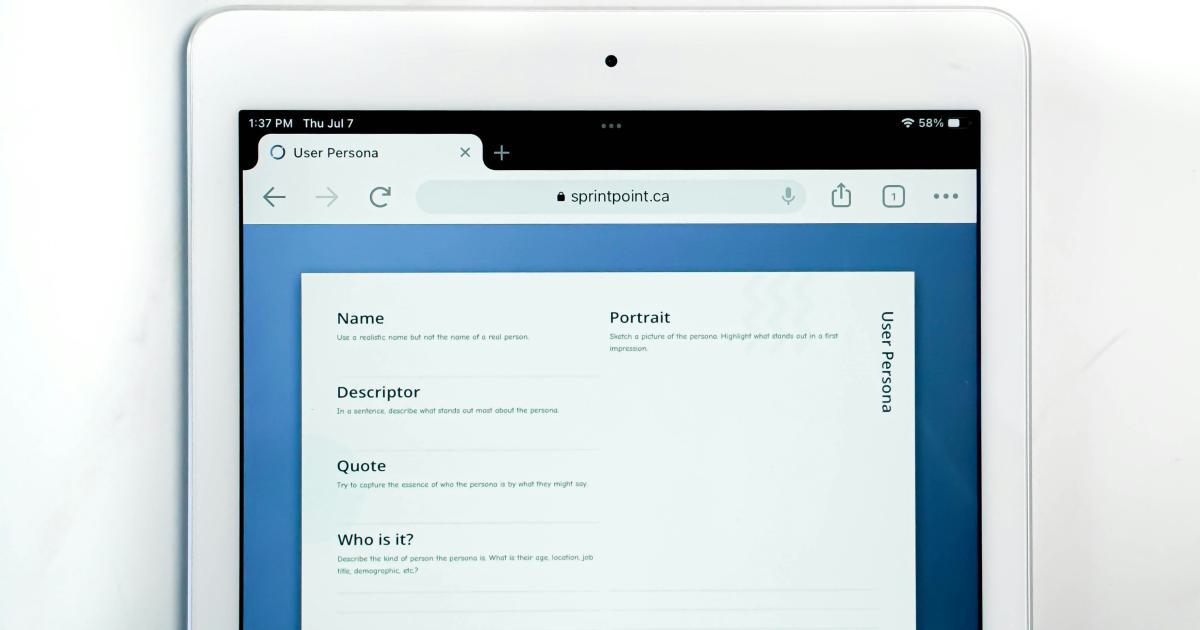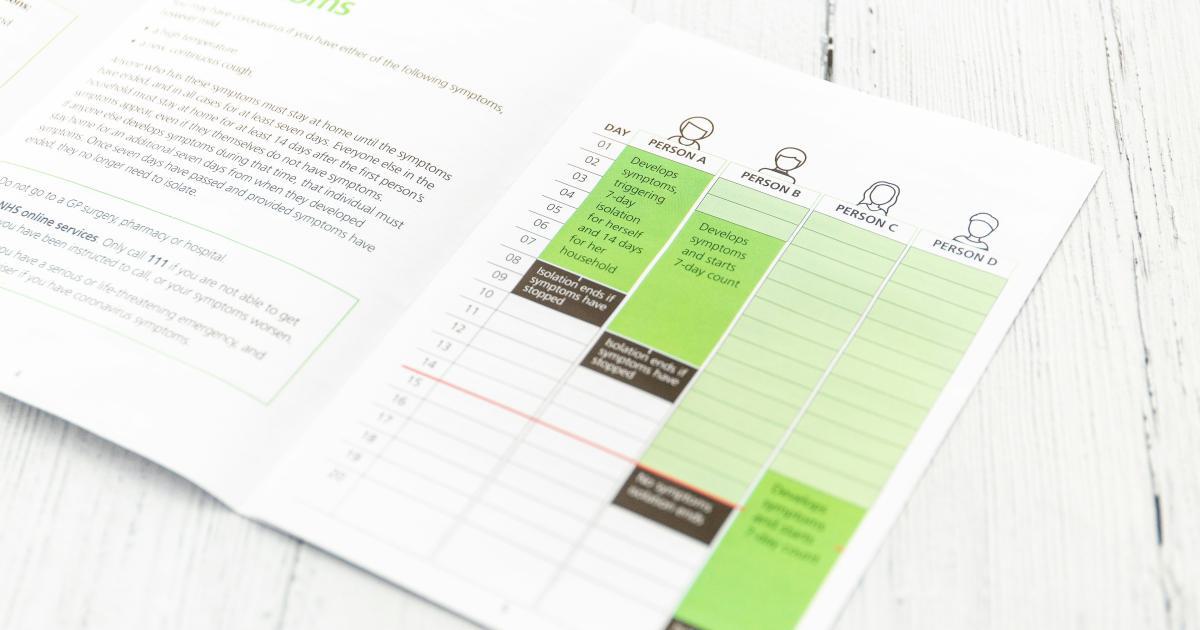Understanding Google Analytics User Explorer For Individual User Tracking


Google Analytics is a powerful web analytics tool that provides a wealth of data and insights about website traffic, user behavior, and overall digital performance. One of the lesser-known yet incredibly useful features of Google Analytics is the User Explorer. This feature offers a deep dive into the behavior and interactions of individual users on your website, enabling you to better understand their journeys, preferences, and pain points.
What is Google Analytics User Explorer?
Google Analytics User Explorer is a report that allows you to analyze the behavior of individual users who have visited your website. Unlike the typical aggregate data provided in other Google Analytics reports, the User Explorer gives you a granular, user-level view of the actions and interactions that each visitor has taken on your site.
This feature is particularly valuable for businesses and website owners who want to gain a deeper understanding of their target audience, optimize the user experience, and make more informed, data-driven decisions.
Key Features of Google Analytics User Explorer
The User Explorer report in Google Analytics offers several key features that make it a powerful tool for user-level analysis:
User Identification: The User Explorer identifies unique users based on their user ID or client ID, enabling you to track the activities of specific individuals over time.
Behavioral Insights: The report provides detailed information about each user's interactions, including the pages they visited, the actions they took, the devices they used, and the time they spent on your site.
Conversion Tracking: You can see how individual users navigate through your site and which of them ultimately completed a desired conversion, such as a purchase, form submission, or content download.
Segmentation: The User Explorer allows you to segment users based on various criteria, such as location, device, traffic source, or custom dimensions, enabling you to identify patterns and trends among specific user groups.
Cohort Analysis: You can group users based on when they first visited your site and analyze how their behavior and engagement evolve over time, which can be particularly useful for understanding user retention and loyalty.
Lifetime Value: The User Explorer can help you estimate the lifetime value of your customers by tracking their long-term interactions and conversions over multiple sessions.

By leveraging these features, website owners and digital marketers can gain a comprehensive understanding of their users' journeys, identify opportunities for improvement, and make more informed, data-driven decisions to enhance the overall user experience and drive better business outcomes.
Accessing and Navigating the User Explorer Report
To access the User Explorer report in Google Analytics, follow these steps:
Log in to your Google Analytics account and navigate to the desired property and view.
In the left-hand menu, click on "Audience" and then select "User Explorer".
Once you're in the User Explorer report, you'll see a list of individual users along with various metrics and dimensions that provide insights into their behavior.
User Explorer Report Interface
The User Explorer report interface consists of several key elements:
User List: This is the main section of the report, displaying a list of individual users along with key metrics such as the number of sessions, pages per session, average session duration, and more.
User Details: When you click on a specific user, the report will display detailed information about that user's behavior, including the pages they visited, the actions they took, the devices they used, and any conversions they completed.
Segmentation: The top of the report includes a set of filters and segmentation options that allow you to narrow down the list of users based on various criteria, such as location, traffic source, or custom dimensions.
Date Range: You can adjust the date range to analyze user behavior over a specific time period.
Export Options: The User Explorer report provides the ability to export user data in CSV format, which can be useful for further analysis or integration with other tools.

By navigating through the User Explorer report, you can gain valuable insights into the individual users who interact with your website, including their preferences, pain points, and the paths they take to conversion.
Leveraging User Explorer for Improved User Experience
The User Explorer report in Google Analytics can be a powerful tool for enhancing the user experience on your website. By analyzing the behavior and interactions of individual users, you can identify areas for improvement, personalize the user experience, and make more informed, data-driven decisions.
Identifying User Personas and Behavior Patterns
One of the primary benefits of the User Explorer is the ability to identify user personas and behavior patterns. By segmenting users based on various criteria, such as demographics, interests, or conversion stages, you can create detailed user profiles and understand the unique needs and preferences of each group.
For example, you might discover that users who arrive from social media tend to spend more time on your blog content, while users who come from organic search are more likely to convert on your product pages. This information can help you tailor your content, messaging, and user experience to better serve the needs of each user persona.

Optimizing the User Journey
The User Explorer report provides valuable insights into the user journey, enabling you to identify areas of friction, abandonment, and opportunities for improvement. By analyzing the paths that individual users take through your website, you can identify common pain points, such as confusing navigation, unclear calls-to-action, or complicated checkout processes.
For instance, you might notice that a significant number of users are abandoning their shopping carts at a specific step in the checkout process. By diving into the User Explorer data, you can identify the specific users who experienced this issue and gain a deeper understanding of the factors that led to their abandonment. This information can then be used to streamline the checkout flow, address usability issues, or implement targeted interventions to improve the overall user experience.

Personalization and Targeted Messaging
The granular user-level data available in the User Explorer can also be leveraged to personalize the user experience and deliver targeted messaging. By understanding the unique preferences, behaviors, and pain points of individual users, you can tailor the content, offers, and interactions they receive to better meet their needs.
For example, if you notice that a particular user has repeatedly visited your pricing page but hasn't converted, you could trigger a personalized email or in-app message offering a special discount or addressing their specific concerns. This level of personalization can significantly improve engagement, conversion rates, and overall customer satisfaction.

Identifying High-Value Users and Opportunities for Upselling/Cross-selling
The User Explorer report can also help you identify your most valuable users, enabling you to focus your efforts on nurturing and retaining these individuals. By analyzing metrics such as lifetime value, conversion rates, and repeat visits, you can segment your user base and prioritize your marketing and customer relationship strategies accordingly.
Additionally, the User Explorer can provide insights into potential upselling and cross-selling opportunities. By understanding the purchasing behavior and content preferences of your high-value users, you can identify complementary products or services that may be of interest to them, leading to increased revenue and customer loyalty.

Leveraging User Explorer for Improved Marketing and Acquisition
Beyond enhancing the user experience, the User Explorer report in Google Analytics can also be a valuable tool for improving your marketing and user acquisition strategies.
Optimizing Marketing Campaigns and Traffic Sources
By analyzing the behavior and performance of users acquired through different marketing channels, you can identify the most effective traffic sources and allocation of your marketing spend. The User Explorer report can provide insights into the average number of sessions, conversion rates, and lifetime value of users from various channels, such as organic search, paid advertising, social media, and email.
This information can then be used to refine your marketing strategies, optimize your campaigns, and allocate resources to the channels that deliver the highest return on investment.

Audience Expansion and Lookalike Targeting
The User Explorer report can also help you identify opportunities for audience expansion and lookalike targeting. By analyzing the characteristics and behaviors of your most valuable users, you can create detailed user profiles and then use those insights to identify and target similar audiences on various marketing platforms, such as social media or programmatic advertising.
This approach can help you reach new users who are more likely to engage with your brand, convert, and become long-term customers, ultimately improving the efficiency and effectiveness of your user acquisition efforts.

Churn Reduction and Retention Strategies
The User Explorer report can provide valuable insights into user churn and help you develop effective strategies for improving customer retention. By analyzing the behavior and engagement patterns of users who have churned or are at risk of churning, you can identify the factors that contribute to attrition and implement targeted interventions to prevent it.
For instance, you might notice that users who have a long period of inactivity on your site are more likely to churn. By identifying these users and reaching out with personalized re-engagement campaigns, you can potentially prevent them from abandoning your brand altogether.

Best Practices for Leveraging User Explorer
To maximize the value of the User Explorer report in Google Analytics, consider the following best practices:
Define Clear Objectives: Clearly articulate the specific goals and KPIs you want to achieve by leveraging the User Explorer, such as improving user experience, increasing conversions, or reducing churn.
Implement User Identification: Ensure that you have properly configured user identification in Google Analytics, either through user IDs or client IDs, to enable accurate tracking of individual user behavior.
Use Segmentation and Filtering: Leverage the segmentation and filtering capabilities of the User Explorer to identify and analyze specific user groups, such as high-value customers, new users, or users from a particular traffic source.
Combine with Other Data Sources: Integrate the insights from the User Explorer with data from other sources, such as customer relationship management (CRM) systems, marketing automation platforms, or e-commerce platforms, to obtain a more comprehensive view of your users and their behaviors.
Automate Reporting and Alerts: Set up automated reports and custom alerts to notify you of significant changes or anomalies in user behavior, allowing you to proactively address issues or capitalize on opportunities.
Collaborate and Share Insights: Collaborate with cross-functional teams, such as marketing, product, and customer service, to share the insights and actionable recommendations derived from the User Explorer report, ensuring a holistic approach to user-centric decision-making.
Continuously Iterate and Optimize: Regularly review and iterate on your strategies based on the ongoing insights provided by the User Explorer, ensuring that your efforts to enhance the user experience and drive business outcomes remain effective and aligned with your evolving needs.

By following these best practices, you can unlock the full potential of the Google Analytics User Explorer and leverage its powerful capabilities to drive meaningful improvements in user experience, marketing effectiveness, and overall business performance.